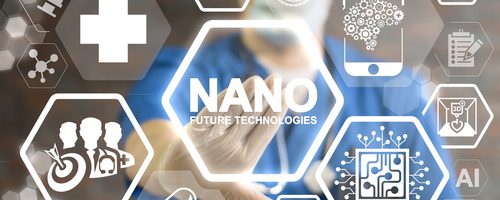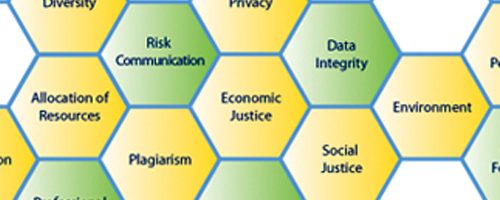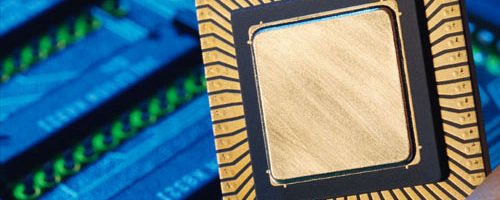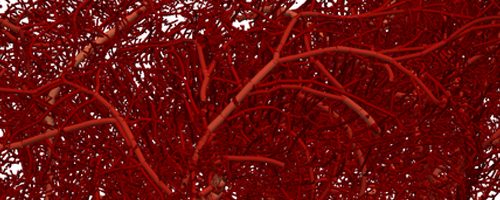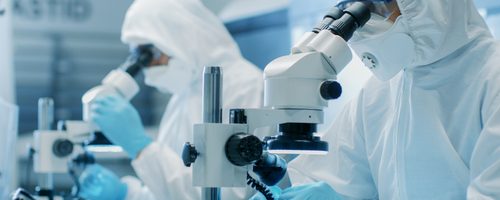
Learn How Bionanotechnology Is Helping To Improve Our World Today
Bionanotechnology is a science that sits at the convergence of nanotechnology and biology. Nanobiotechnology and Nanobiology are two other names used interchangeably to refer to bionanotechnology. This field uses nanotechnology tools in solving biological problems and creates specialized applications.
Nanobiotechnology refers to the use of nanotechnologies within biological fields. Biologists, physicists, and chemists see nanotechnology as an extension of their respective fields in each of the three major disciplines. As a result, collaborations that each contributes equally to nanotechnology are common.…
Read more


